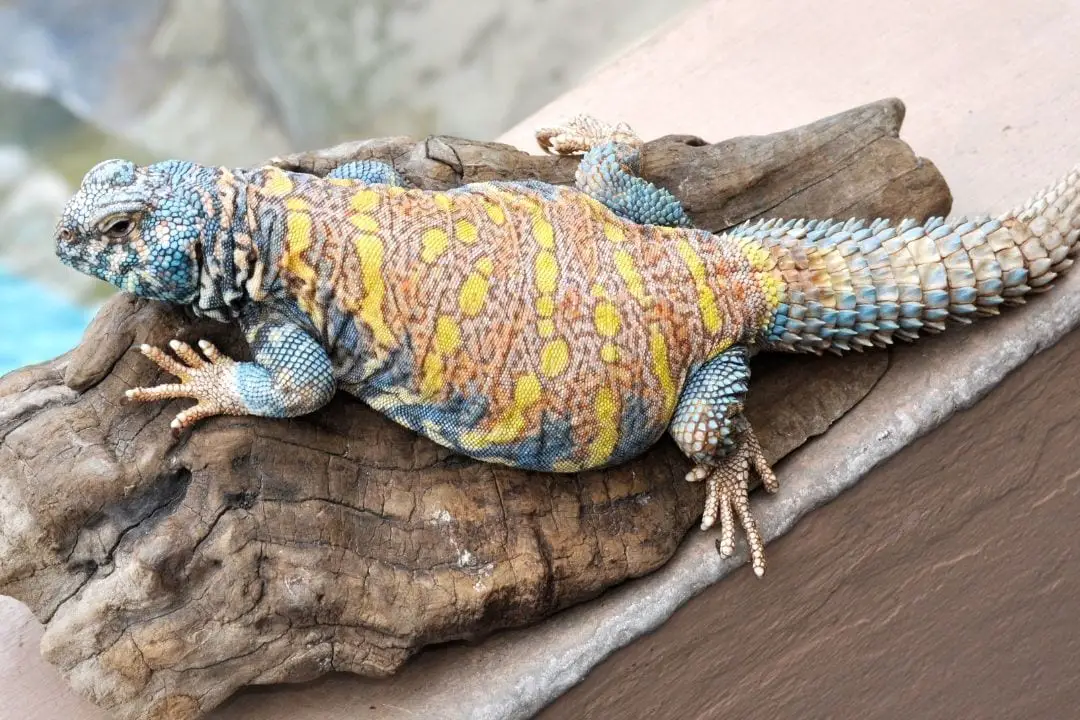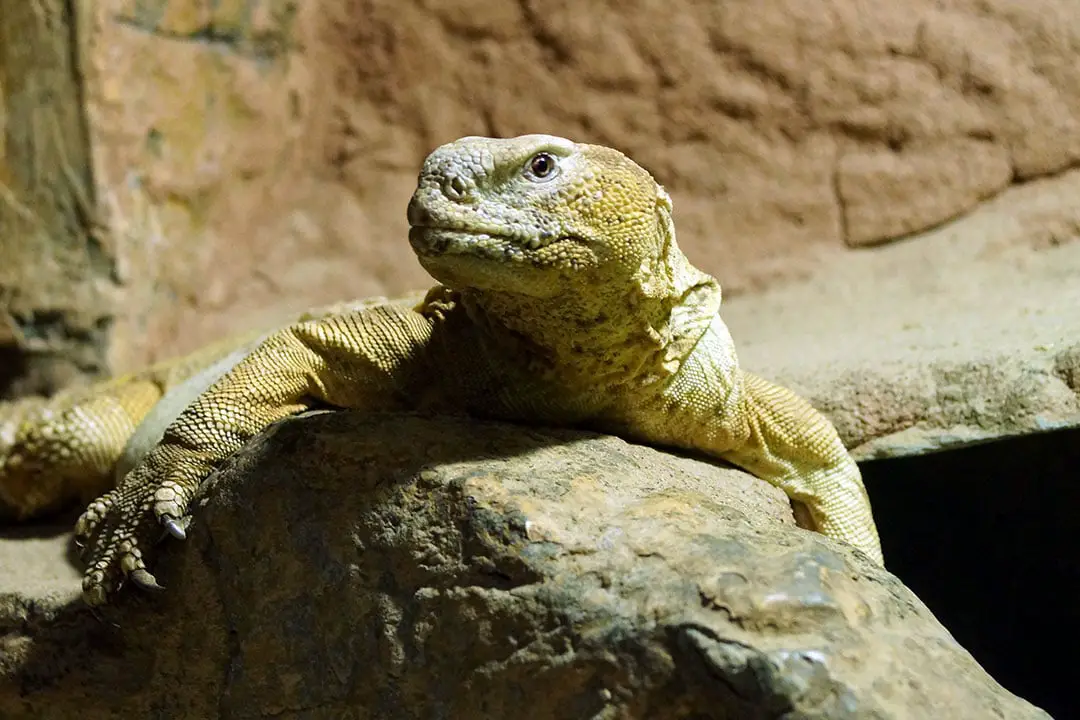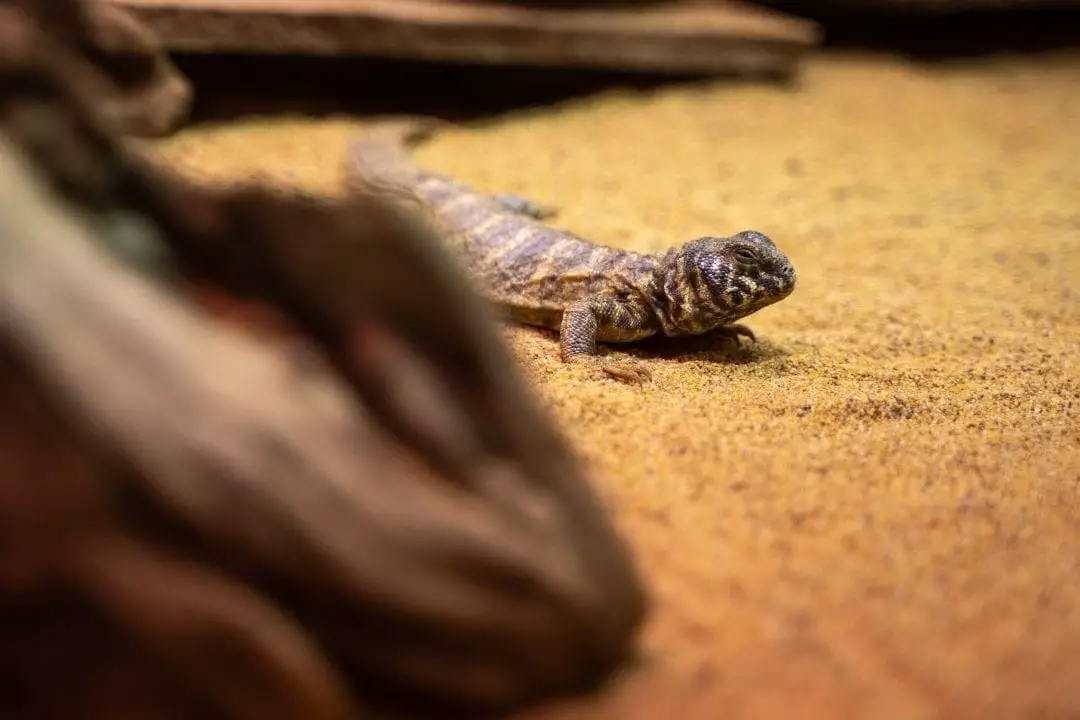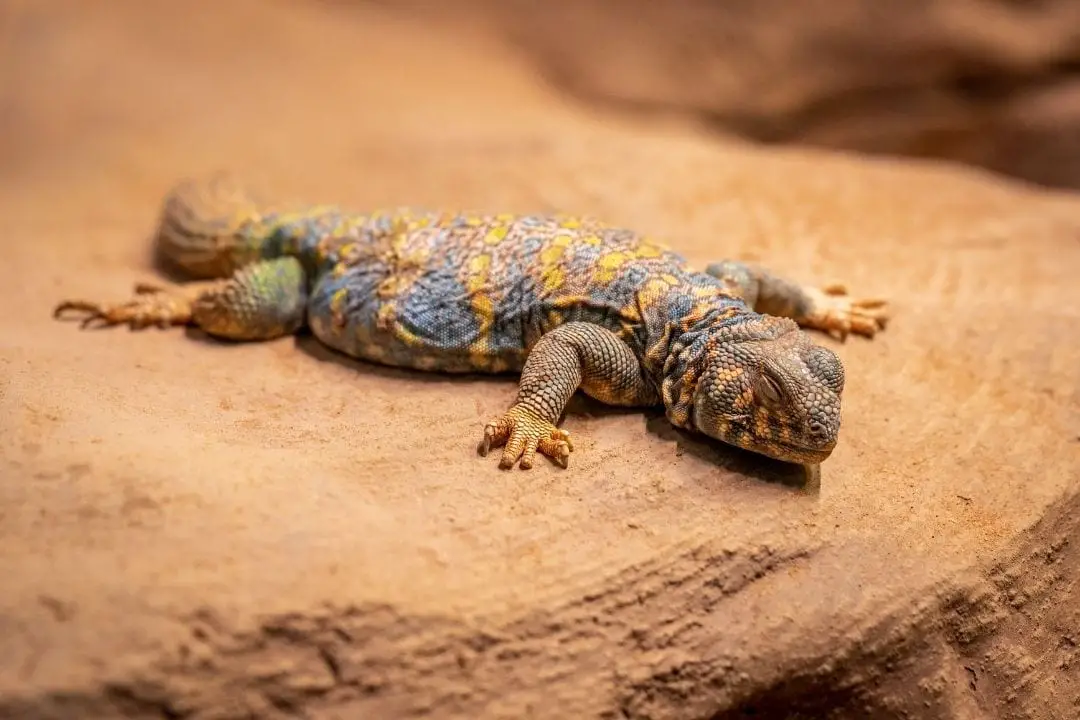The genus Uromastyx is known be many names. These animals live across North Africa and the Middle East.
These lizards are becoming popular as pets and some species are even easy to find captive-bred.
You may be wondering:
How long does a Uromastyx live?
Uromastyx live for 15-20 years in captivity. They can live up to 30 years, but this is uncommon.
Life Cycle
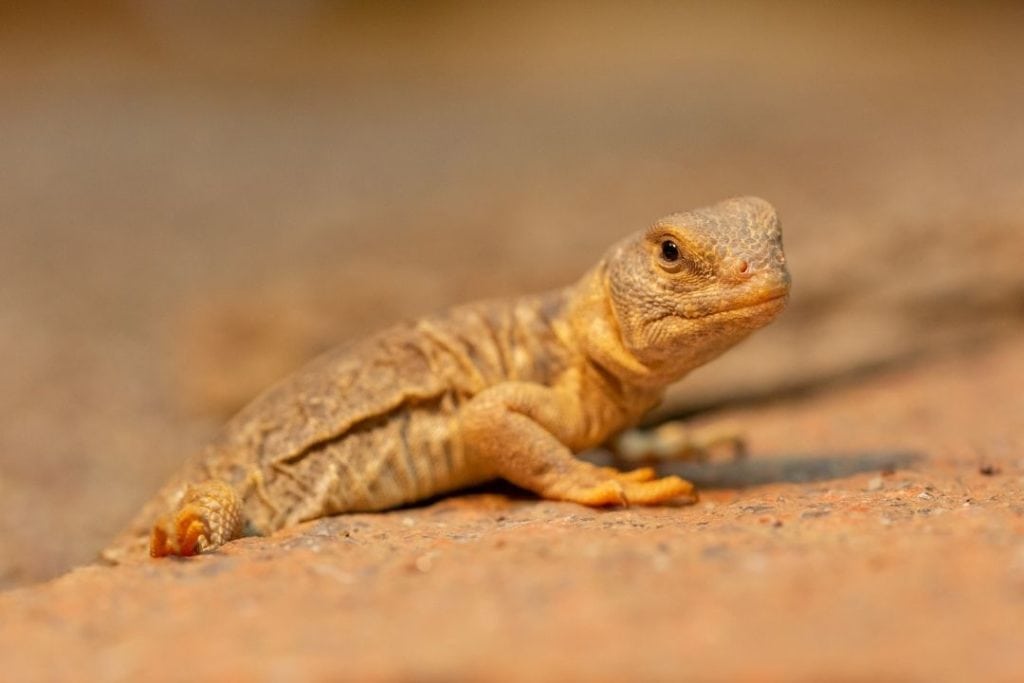
The exact life cycle for an uromastyx depends on the exact species. However, most hatch and age at a similar rate aside from the largest species.
They will be between two and four inches when freshly hatched.
They have steady growth until they reach eight to nine years old depending on the species. Sexual maturity occurs between three and five years of age.
This does depend on the species. Smaller species tend to mature more quickly on average.
Wild uromastyx eat mainly vegetation. They rely on their diet for all of the liquid they need. Some species will eat insects. However, this only happens during times when the vegetation in their habitat is sparse.
Since they typically live in arid, rocky locations, food availability is a challenge for wild uromastyx. Juveniles can struggle to find enough to eat. This can cause much slower growth for wild animals.
In captivity, they can breed more quickly due to reliable food. However, slow growth is best for the animal’s long term health. An animal that is too fat will likely die young.
Uromastyx lay between 5 and 40 eggs. The exact amount depends on the age of the animal and the species. Most species are territorial and females will lay their eggs in their burrow.
The breeding season is from March to July. The eggs take 70-80 days to hatch. The hatchlings can stay in the mother’s burrow for some time after hatching for Uromastyx acanthinura. The females will guard the eggs until hatching.
Uromastyx can breed for many years. Like other lizards. they can have viable young for most of their lives.
It is unknown how long wild uromastyx live on average. They have been noted as living to over 25 years old in captivity.
Wild-caught adults have lived for over 20 years with good care. They may be able to live much longer, but time will tell.
Captivity
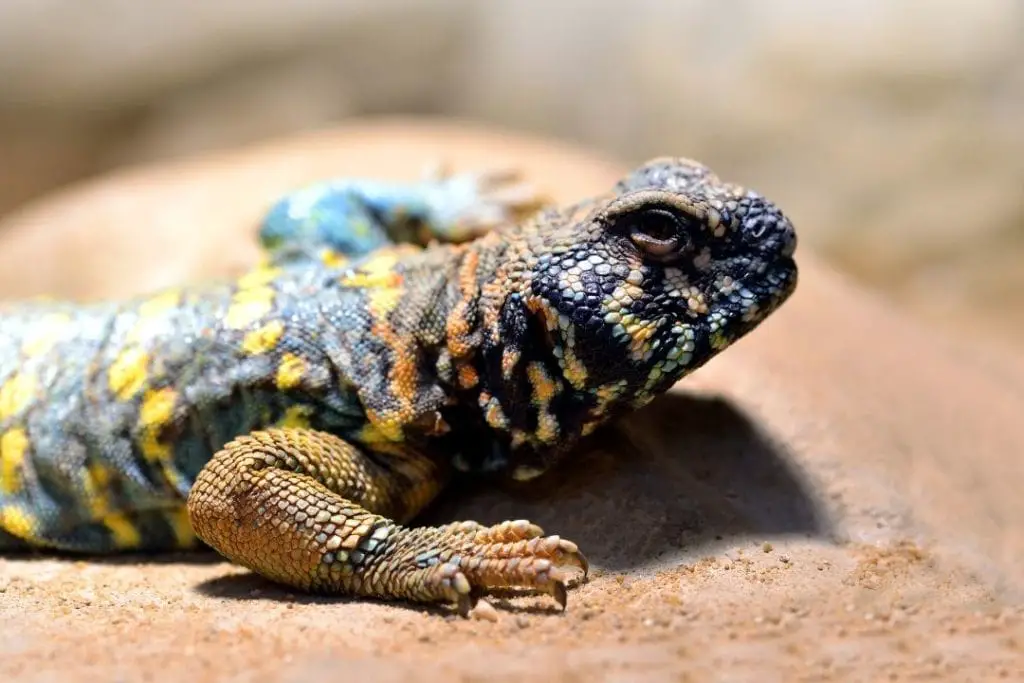
Determining the age of a captive uromastyx can be difficult. An adult uromastyx will look the same from the time it reaches its full size to when it reaches old age. This is pretty typical for lizards.
For juveniles, you can estimate the age of uromastyx mainly when they are young. Since they grow very slowly, you can estimate age.
This does vary since females are typically slightly smaller than males on average. However, it is still a good guide.
Generally, species with a captive-bred population are easier to estimate. Wild-caught animals can vary since they do not have guaranteed food availability.
Uromastyx are slow-growers and will take several years to reach their full size. Some smaller species will reach their full size more quickly.
Larger species like the Egyptian uromastyx are bigger and will take much longer.
In captivity, they require a balanced diet, supplements, and proper husbandry. They need very high temperatures and a good basking spot.
They also require a lot of space for their size. These are intelligent animals that require mental stimulation to be healthy. They are also active and need space to exercise.
They will live for decades if cared for properly. It is currently unknown just how long they can live. The standards for care used to be poor.
Many captive uromastyx died young. As such, very few animals have reached old age in captivity. Many animals were also caught in the wild as adults.
This means the exact age is unknown for many current captives.
Factors That Affect Lifespan in Uromastyx Agamids
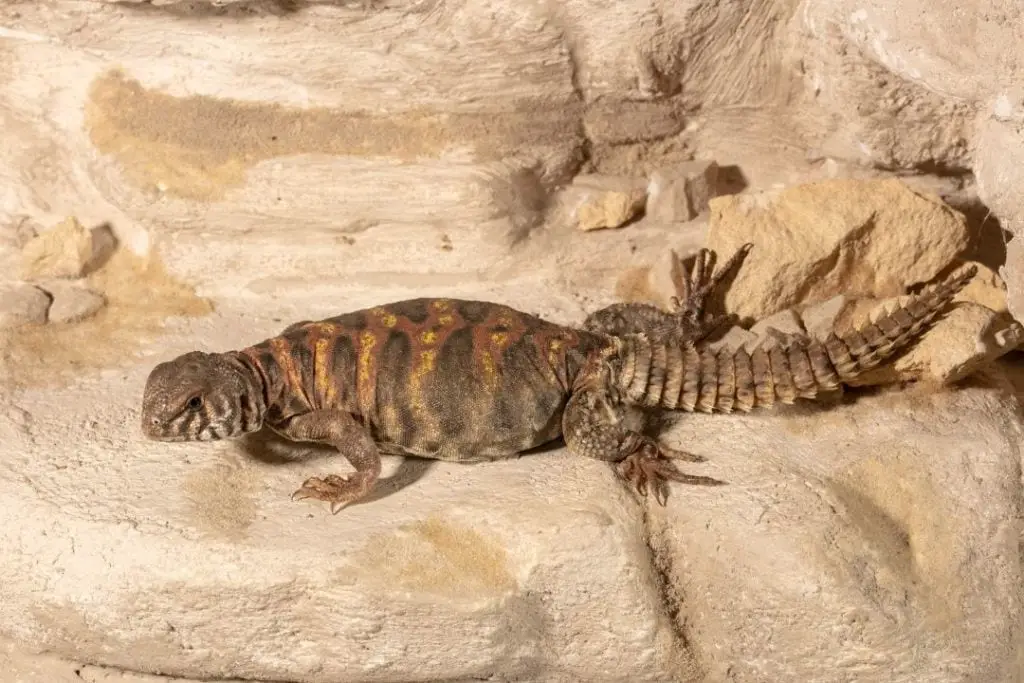
Uromastyx were originally kept in ways that dramatically shortened their life spans. There are many old care guides online that still recommend dangerous practices for the species.
I will go over a few so you can learn what advice may be dangerous for your pet.
First, many old guides gave advice for much smaller enclosures. I have seen older advice that claims they can live in much smaller enclosures than modern care guides require.
Bigger is always better for your animals. All you need to do for a larger enclosure is add more cover and make sure your pet can find any food and water you place out.
You also need to make sure the temperatures and humidity is correct for the whole enclosure. Small enclosures cause stress and do not allow for adequate exercise. Creating a good thermal gradient is also hard in smaller enclosures.
Many old care guides also tell you to house your uromastyx in pairs or trios.
These animals are solitary in the wild and females can be highly territorial. House your uromastyx alone.
If you want to breed them, introduce the male to the female’s enclosure and separate them after mating or if the female isn’t receptive.
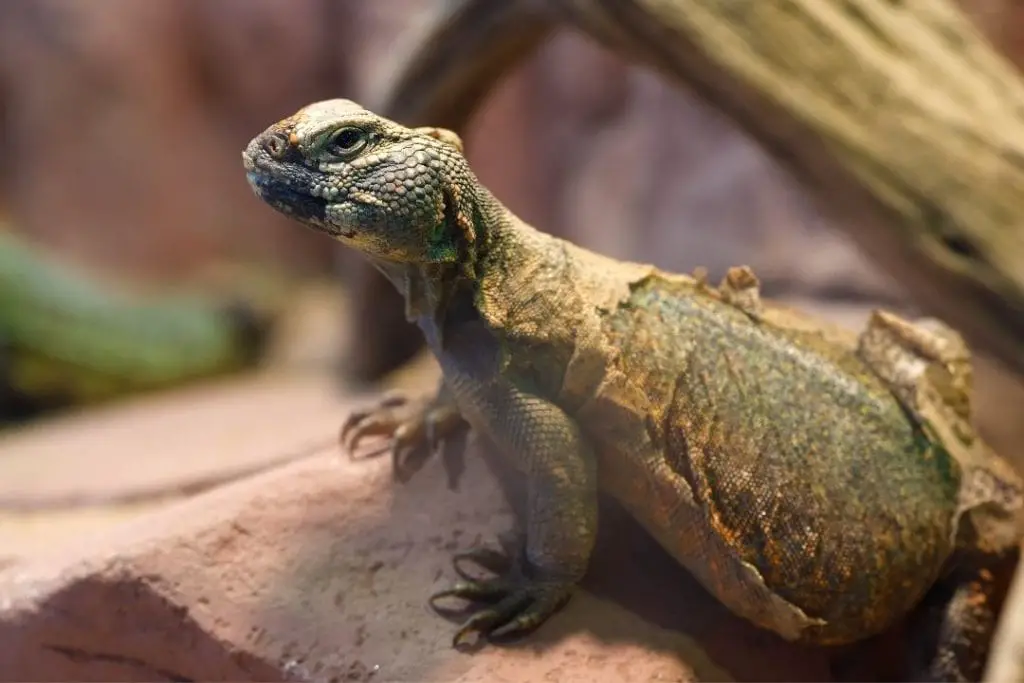
Having other uromastyx permanently in the same enclosure causes stress. This will shorten your pet’s lifespan.
Next is temperature. Many old guides do not give enough heat for the species. You should make sure your animal has a good basking spot.
Use a piece of stone and never use a heat rock. Your uromastyx will also need a cool side and hides on each side so it doesn’t need to choose between hiding and thermoregulating.
These ate diurnal animals. They need bright lights and UVB to stay healthy in the long term. Remember that you also need to watch the humidity.
Zoomed Reptisun 22″ 10.0 T5HO UV-B
- Stronger UVB and Brighter Light: Twice as strong as standard ReptiSun 10.0 Lamps!
- Increased UVB Output: Perfect for larger reptile habitats (see lamp distance notes on package)
- Helps prevent or reverse Metabolic Bone Disease commonly seen in captive reptiles
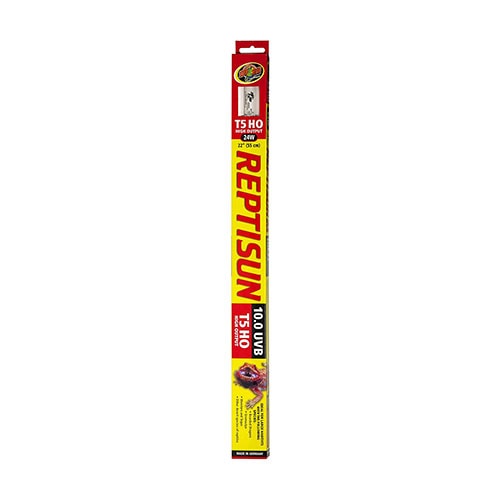
Most species need 20-30%, but some coastal species need up to 50% humidity. All species need a substrate that holds some humidity.
This needs to allow for burrowing so your uromastyx can regulate its humidity needs.
Diet is another important factor. Most old guides recommend feeding insects. However, most species do not commonly eat insects or small animals.
Even hatchlings typically stick with plant matter.
Studies have noted that insect matter is only a very small part of the diet. Make sure you feed a varied diet of greens and supplement with other safe vegetables and flowers.
You should also offer seeds like lentils and millet weekly for fat and protein. Feeding the wrong diet will cause health problems.
Conclusion
Uromastyx can live for a long time. If you decide to own one, be sure you keep up on care standards to give your pet the best chance at a long and healthy life.
Always do research for the exact species you have. There are some differences that should not be ignored. If you have any questions or comments, please leave them below.
